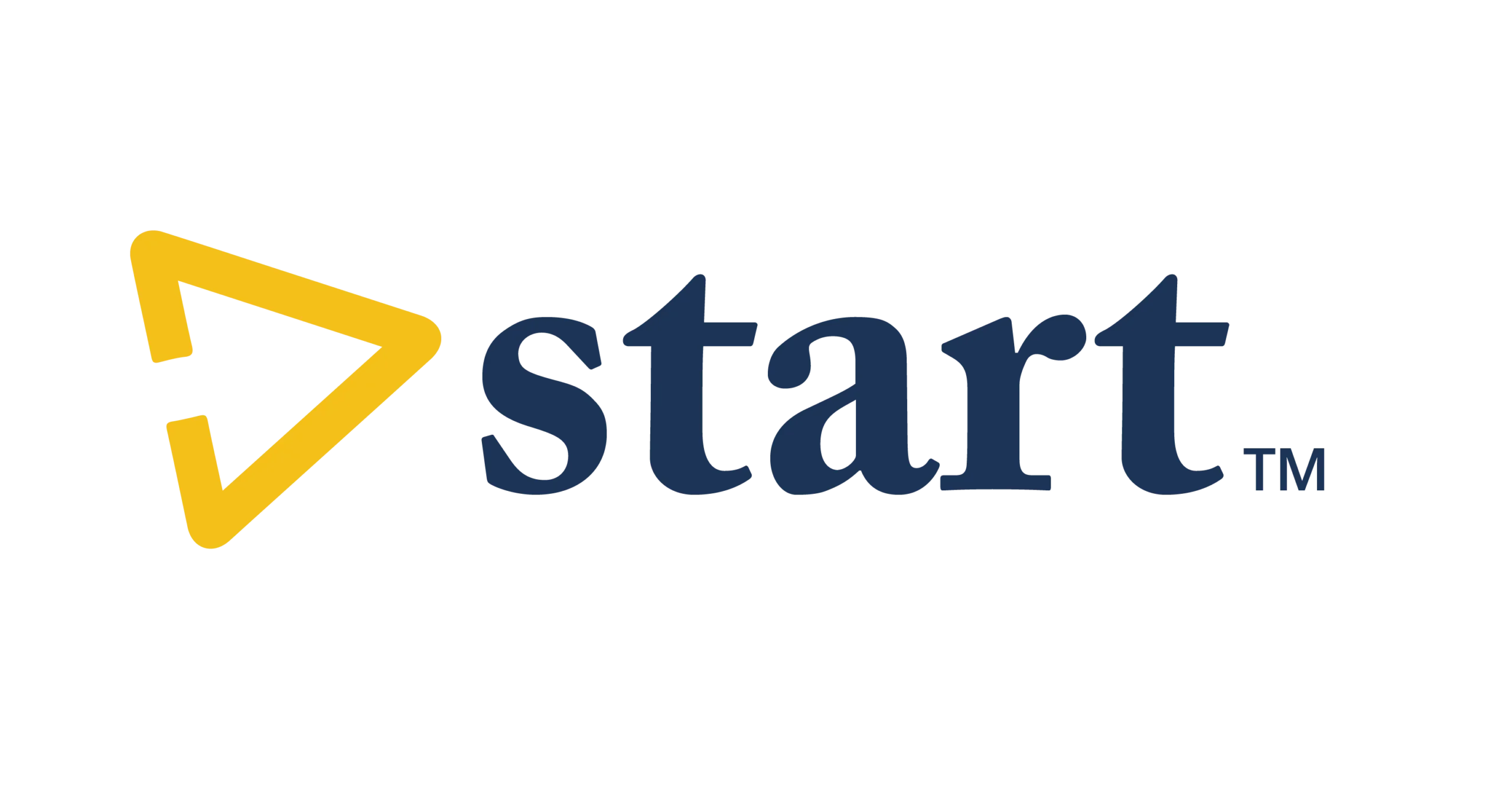
Why Have HSAs Become So Popular?
Much like the essential needs of food and shelter, healthcare stands as a basic human necessity. Consequently, it doesn’t make sense to pay high tax percentages on medical treatment.This rationale led to the introduction of Health Savings Accounts (HSAs) by the U.S. government in 2003. HSAs offer a channel for individuals covered by high-deductible health insurance plans to secure tax-preffered treatment for money saved on medical expenses. While HSAs have always been an effective cost-cutting solution, it wasn’t till 2013 that 77% of HSAs were open, an entire decade after their introduction. This delay can likely be attributed to a lack of awareness about HSAs. However, more recently, a remarkable surge in HSA adoption has occurred, notably ignited by the events of the 2020 pandemic.
Devenir HSA Newsletter reports that, “At the end of 2021, Health Savings Accounts held $98 billion in assets…For a pre-pandemic perspective, it’s a +51% gain over the $65.9 billion figure at the end of 2019.”
Presently, in 2023, Americans collectively possess over $100 billion spread across nearly $34 million HSA accounts.
It’s not hard to comprehend why HSA awareness and utilization experienced a surge during the COVID-19 pandemic—uncertainty and complexity within the healthcare landscape led individuals to prioritize emergency healthcare funds. Although the panic stemming from the pandemic has receded, HSA adoption rates continue to soar. HSA holders are coming to the realization of something we’ve been telling them all along —Health Savings Accounts are the best way to cut your medical costs!
Empowering Tools
Naturally, the primary allure of HSAs lies in their capacity to act as a safety net for unforeseen medical costs. This was demonstrated vividly in 2020, where HSA utilization rose by over half. Interestingly, even as concerns about illnesses have subsided over the past year, HSA adoption rates have continued to climb. Why? It’s because individuals recognized that HSAs offer a range of additional benefits beyond their role as a safety net.
Triple-Tax Advantage
HSAs provide the unique advantage of tax-free contributions, growth, and withdrawals for qualified medical expenses. This triple-tax advantage solidifies HSAs as the pinnacle of retirement savings vehicles. In contrast, while 401(k)s permit tax-free contributions and growth, withdrawals remain subject to taxation. Similarly, Roth IRAs allow tax-free growth and withdrawals but not tax-free contributions.
No “Use-It-or-Lose-It” Policy
HSAs facilitate year-to-year fund rollovers. Additionally, these funds are entirely yours and are transferable from one employer to another.
Investment Opportunities
Did you know, HSA funds are open to investment? Unfortunately, this advantage remains underutilized, with only 9% of HSA holders exploring this avenue. Rather than letting funds go untouched, they can be nurtured through tax-free growth via investment. Click here to further learn more about HSA investments. For those with a MotivHealth HSA, investment options can be explored here.
Key Insights
Merely 2% of individuals are aware of the pivotal advantages of HSAs. While the three advantages listed above are pivotal, here are a few other facts that can be helpful:
Flexibility in HSA Contributions
While you need to enroll in an HSA during open enrollment, altering contribution amounts from each paycheck throughout the year is permissible. Adjustments can be made at any time, without waiting for life events like marriage or job changes. However, it’s crucial to remember you have until the tax deadline to fully maximize your contributions to your HSA for the year. In 2023, the HSA limits stand at $3,850 for individuals and $7,750 for families. Additional insights on optimizing HSAs are available here.
Employer Contributions
Numerous employers provide incentives or match HSA contributions made by employees. Leveraging this free contribution presents an excellent strategy for enhancing your HSA.
Exemption from Minimum Distributions
A required minimum distribution, or RMD, is an IRS-mandated amount of money that a retiree must withdraw each year from a traditional IRA or an employer-sponsored retirement account, like a 401(k). Unlike traditional IRAs or 401(k)s, HSAs are exempt from the minimum required distributions (RMDs).
Deferred Tax-Free Reimbursement
Even if you initially cover a medical bill out of pocket, you can still obtain tax-free reimbursement by retaining your receipts.
HSAs Outlive Their Owners
HSA funds can be transferred to spouses without incurring tax implications, ensuring your life savings don’t fall into IRS hands.
The Future of HSAs
HSA growth is going strong, and evidence points toward this trend continuing. As inflation sets troubling new records (with healthcare inflation surpassing general inflation rates), an increasing number of U.S. citizens are delving into HSAs. It’s becoming increasingly evident that HSAs offer cost-saving advantages extending beyond the realm of healthcare.
*After the age of 65, HSA funds can be withdrawn for non-qualified medical expenses, but non-medical withdrawls are taxed.
Sources:
“7 Insights from 20 Years of HSAs”
Steve Neeleman
“91% of People With Health Savings Accounts Make This Mistake”
Greg Iacurci, CNBC
“Accelerating Current HSA Trends Will Benefit Owners”
Voya
“Do You Realize the Power of HSAs? Probably Not!”
Kiplinger
“The Future of Your Health Savings Account in 2020 and 2021”
Paychex Worx
“Health Savings Accounts Grow in Popularity, Benefits Underutilized”
Matt Bell, Sound Mind Investing
“Mega-Trends Have Emerged That Drive Growth in HSAs”
Noah Zuss, PlanSponsor
“The State of the HSA Market: Assets and Opportunities Continue to Grow”
Your Health Savings Academy
